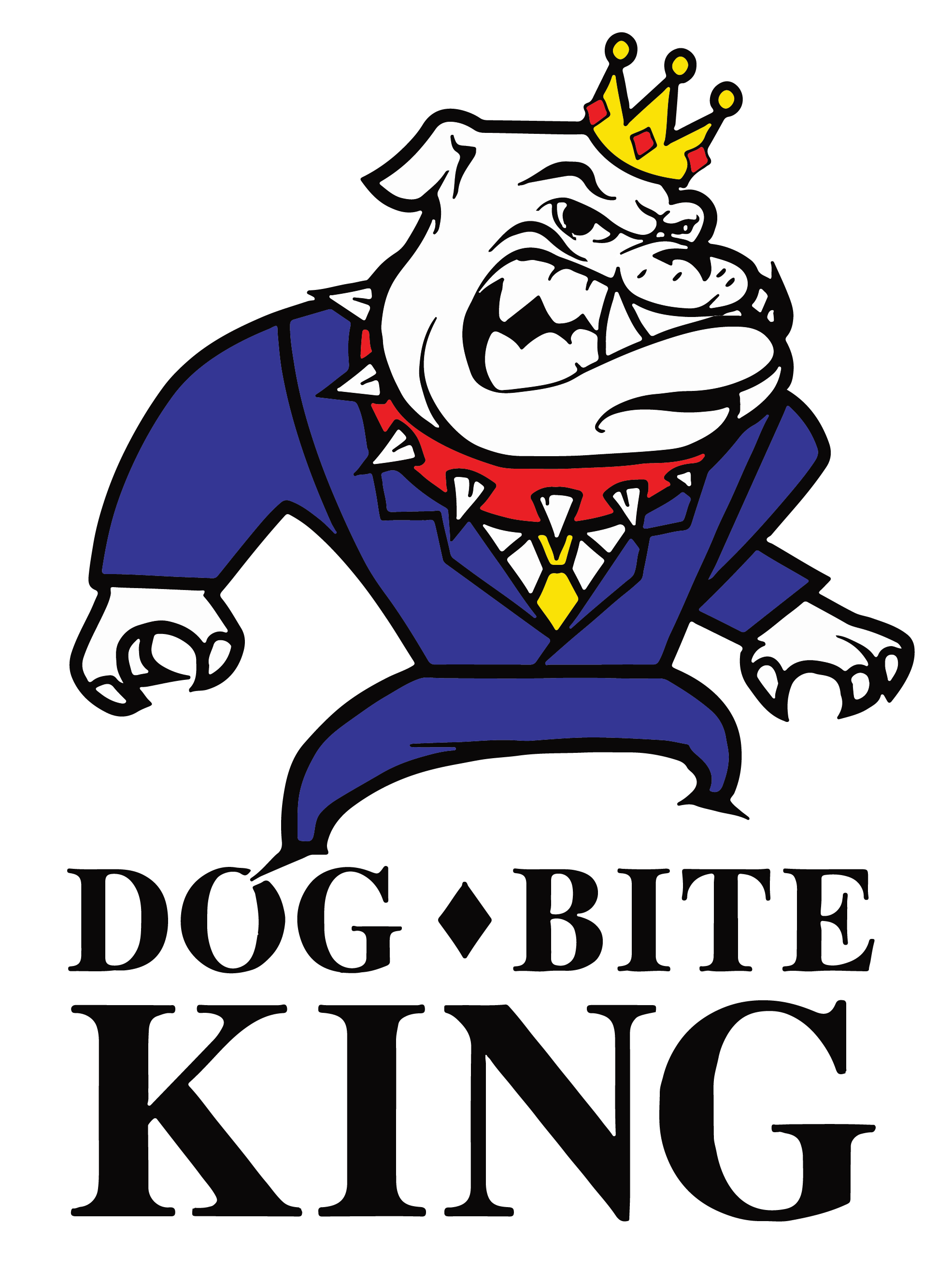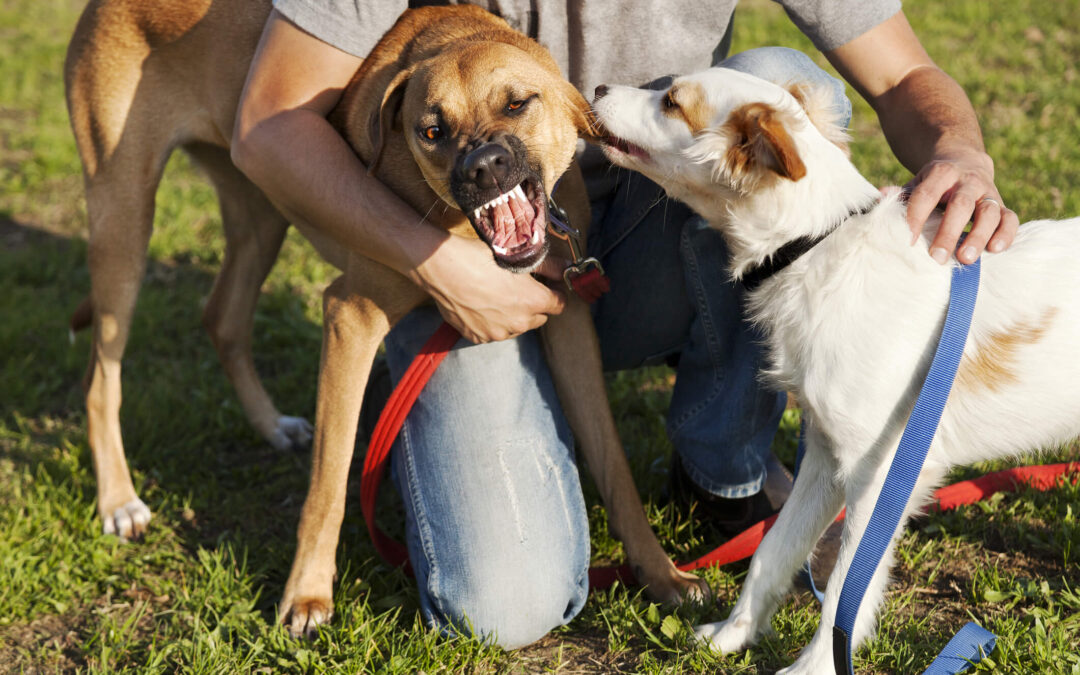Dog bites can lead to severe injuries, both physically and emotionally. In the unfortunate event of a dog bite, it’s crucial to understand how to navigate the legal process to prove fault and seek appropriate compensation. Proving fault in a dog bite case requires a strategic approach backed by evidence and legal expertise. In this blog, we’ll delve into the steps to prove fault in a dog bite case.
Understanding the Legal Framework
Understanding the legal framework in a dog bite case is essential for navigating the complexities of liability and seeking appropriate compensation. Depending on the jurisdiction, laws governing dog bites can vary significantly, impacting how fault is determined and the extent of the owner’s responsibility. Here, we’ll delve deeper into the two primary legal doctrines governing dog bite cases: strict liability and the one-bite rule.
1. Strict Liability
- In states with strict liability rules, dog owners are held liable for any harm caused by their dogs, regardless of whether the owner was aware of the dog’s aggressive tendencies.
- This implies that the owner can be held accountable for damage even if the dog has never previously demonstrated aggressive behavior.
- Strict liability laws are designed to protect victims of dog bites by ensuring that owners are held accountable for the actions of their pets, regardless of fault.
2. The One-Bite Rule
- In contrast to strict liability, some jurisdictions follow the one-bite rule, which requires the victim to prove that the owner was aware of the dog’s dangerous propensities.
- Under the one-bite rule, liability typically arises only if the owner had prior knowledge of the dog’s aggressive behavior or had reason to believe that the dog posed a danger to others.
- This rule is rooted in the idea that owners should be aware of their dog’s behavior and take appropriate precautions to prevent harm to others.
Understanding the legal framework surrounding dog bite cases is vital for victims seeking to hold owners accountable for their pet’s actions. Whether strict liability or the one-bite rule applies, navigating the legal landscape requires careful consideration of the relevant laws and factors influencing liability. By consulting with a knowledgeable attorney and gathering compelling evidence, victims can pursue the compensation they deserve and ensure that their rights are protected under the law.
Gathering Evidence
Gathering compelling evidence is crucial in establishing a fault and building a strong case in a dog bite incident. Here’s a detailed exploration of the various types of evidence that can significantly strengthen your case:
1. Medical Records
- Comprehensive medical records are the cornerstone of any dog bite case. They provide documented evidence of the injuries sustained, the medical treatment received, and the prognosis for recovery.
- These records not only demonstrate the physical harm caused by a dog bite but also help quantify the extent of the injuries, which is essential for determining appropriate compensation.
2. Witness Statements
- Eyewitness accounts can provide valuable insight into the circumstances surrounding the dog bite incident. Witness statements can corroborate your version of events and provide additional perspectives on what transpired.
- It’s essential to gather statements from individuals who witnessed the attack as soon as possible while the details are fresh in their minds.
3. Photographs and Videos
- Visual evidence, such as photographs and videos, can be highly persuasive in demonstrating the severity of the attack and the conditions under which it occurred.
- Photographs of the injuries immediately after the incident and during the healing process can vividly illustrate the extent of the harm suffered.
- Additionally, capturing images of the incident scene, including any relevant factors, such as lack of proper containment or warning signs, can provide valuable context.
4. Dog’s History
- Investigating the dog’s history is crucial, especially in jurisdictions that follow the one-bite rule. This includes gathering information on any prior incidents of aggression or bites involving the dog.
- Evidence of the dog’s previous aggressive behavior can help establish a pattern of dangerous tendencies, strengthening the argument for the owner’s liability.
- This information can often be obtained through animal control records, interviews with neighbors or previous victims, or legal discovery processes.
5. Expert Testimony
- Expert testimony from professionals such as animal behaviorists or veterinarians can provide valuable insights into the dog’s temperament and propensity for aggression.
- These experts can analyze the dog’s behavior, evaluate any potential triggers for aggression, and provide expert opinions on whether the dog posed a foreseeable risk of harm.
- Their testimony can lend credibility to your case and help educate the court or jury on the complexities of canine behavior.
A comprehensive array of evidence, ranging from medical records and witness statements to visual documentation and expert testimony, is essential in proving fault in a dog bite case. By meticulously gathering and presenting this evidence, you can strengthen your case and increase the likelihood of obtaining fair compensation for your injuries and damages.

Proving Negligence
Proving negligence in a dog bite case is crucial to strengthening your legal position and seeking appropriate compensation for your injuries. Negligence occurs when the dog’s owner fails to exercise reasonable care to prevent the dog bite, contributing to the incident. Here’s an in-depth exploration of the factors that may indicate negligence:
1. Lack of Proper Restraint
- Dogs should be properly restrained or contained to prevent them from posing a danger to others. If the dog was not adequately restrained or contained at the time of the incident, it suggests negligence on the part of the owner.
- Proper restraint may involve the use of leashes, fences, or other physical barriers to ensure that the dog cannot freely roam and potentially harm others.
- Failure to take adequate precautions to restrain the dog may be seen as a breach of the owner’s duty to prevent foreseeable harm.
2. Violation of Leash Laws
- Many jurisdictions have leash laws or other regulations governing dog ownership in public spaces. These laws are intended to protect the safety of the public and prevent dog-related incidents.
- If the dog’s owner violated leash laws by allowing the dog to roam off-leash in a public area where it subsequently bit someone, it can be indicative of negligence.
- By disregarding leash laws, the owner may have knowingly placed others at risk of harm and failed to fulfill their duty of care towards the public.
3. Failure to Warn
- Owners have a responsibility to warn others about their dog’s aggressive nature or history of biting, especially if they are aware of the behavior.
- If the owner knew or should have known that their pet was aggressive or previously bitten someone, they had a responsibility to warn others to avoid imminent injury.
- Failure to provide adequate warning about the dog’s behavior constitutes negligence, as it deprives individuals of the opportunity to take precautions and avoid potential harm.
Proving negligence involves demonstrating that the owner’s actions or omissions directly contributed to the occurrence of the dog bite. By establishing factors such as lack of proper restraint, violation of leash laws, or failure to warn, you can strengthen your case and hold the owner accountable for their negligence. Consulting with a knowledgeable attorney who specializes in dog bite cases can provide invaluable assistance in gathering evidence, navigating legal proceedings, and advocating for your rights.
Seeking Legal Counsel
Seeking legal advice is crucial when you’re dealing with a dog bite situation. An experienced personal injury lawyer can help you understand what to do after the incident. They’ll assess your situation, gather evidence, and guide you through the process of making a claim or filing a lawsuit if necessary. These attorneys have the expertise to negotiate with the dog owner’s insurance company or represent you in court. Their experience with dog bite injuries and liability rules ensures they’ll provide the right advice for your case. Having a lawyer by your side can ease the pain of dealing with legal matters while you focus on recovering from your injuries.
Conclusion
Proving fault in a dog bite case demands thoroughness in reporting, investigation, and presenting proof. Understanding the legal framework, gathering compelling evidence, and demonstrating negligence on the part of the dog’s owner are key steps to bolster your case and pursue rightful compensation. It’s crucial to seek the assistance of a qualified attorney who can adeptly navigate the legal process, ensuring your rights are protected and advocating on your behalf.
Consult With Our Dog Bite Lawyer Today!
At Dog Bite King Law Group, we specialize in assisting those who want to know how to prove fault in a dog bite lawsuit. Our dog bite injury lawyers in Las Vegas have vast experience managing similar situations. With our extensive knowledge of the legal complexities, we can successfully guide you through assessing liability in a dog bite occurrence.
Whether you are having difficulty identifying the accountable party or need help gathering evidence, our professional attorneys can give thorough advice suited to your circumstances. You should report a dog bite immediately and seek legal help.
Contact us today at (702) 364-2483 to schedule a consultation and take the first step toward seeking the justice and compensation you deserve!

